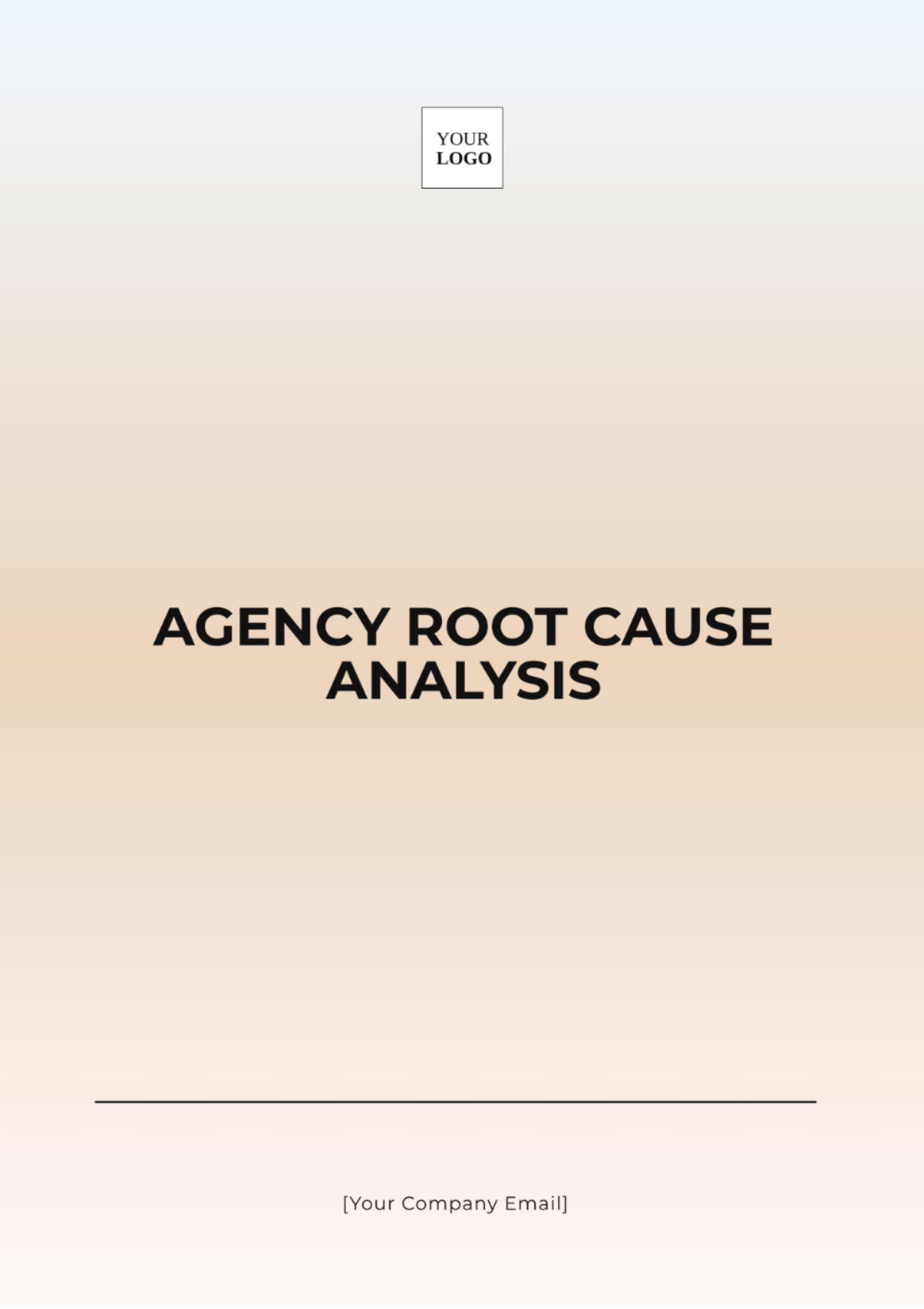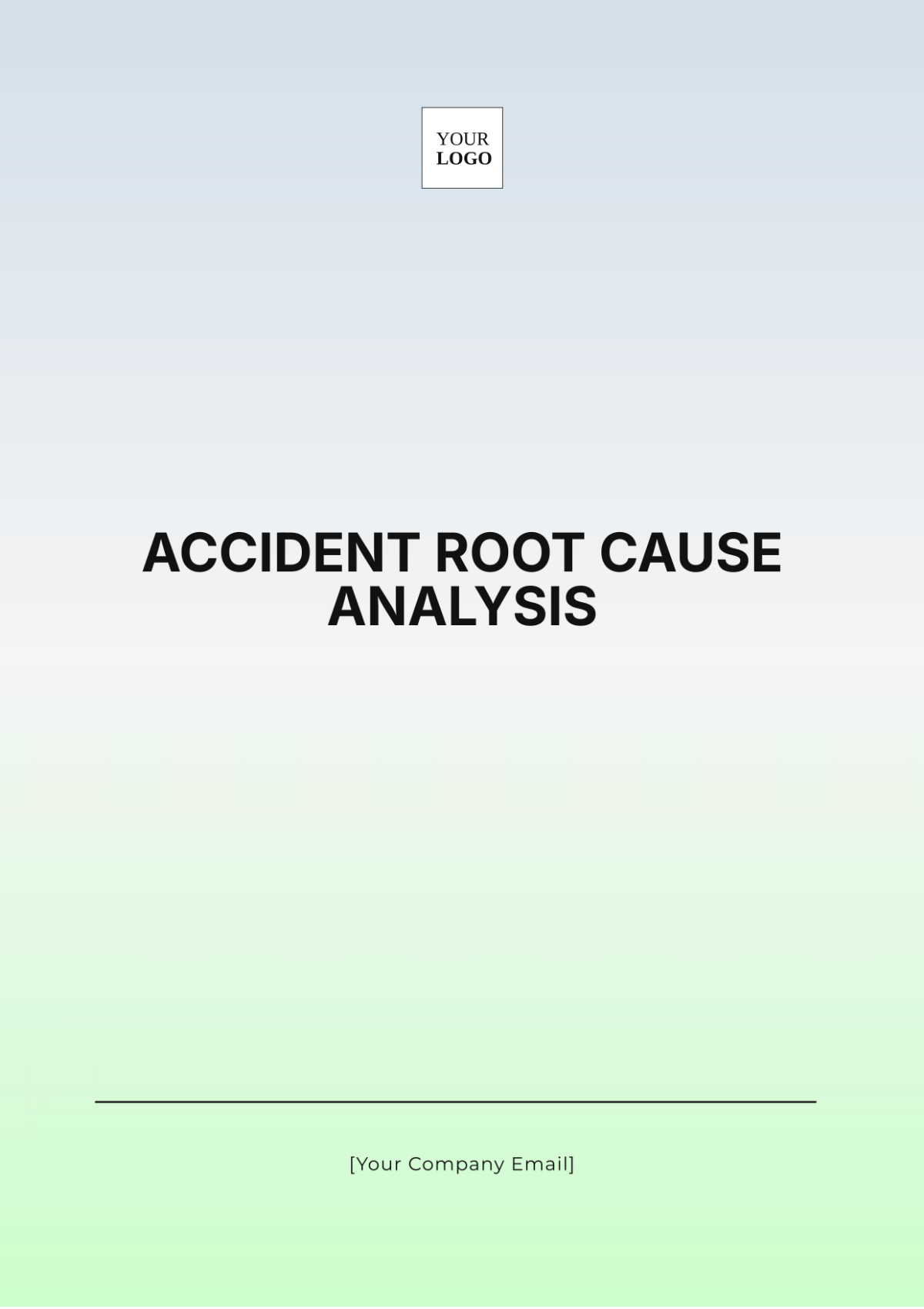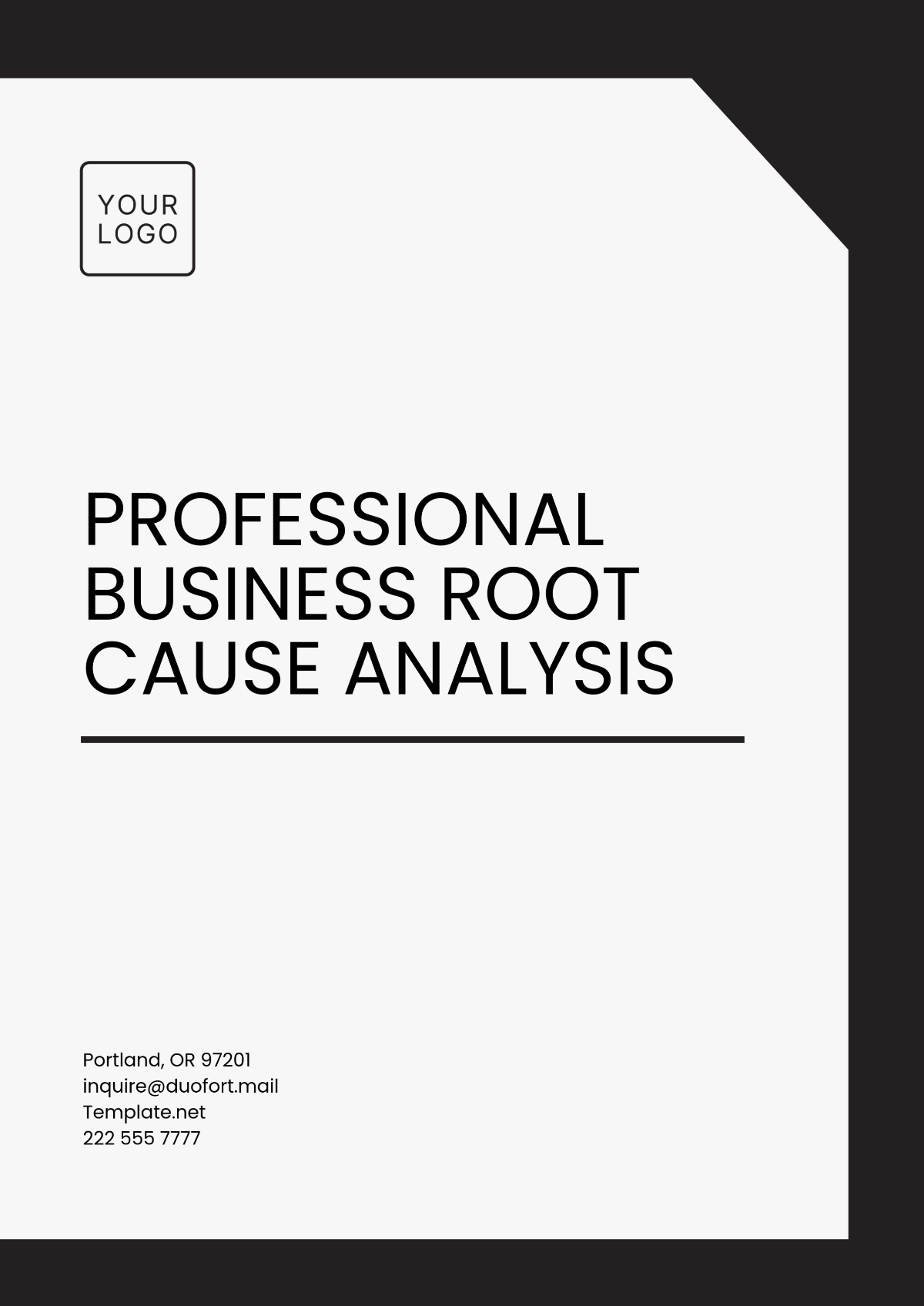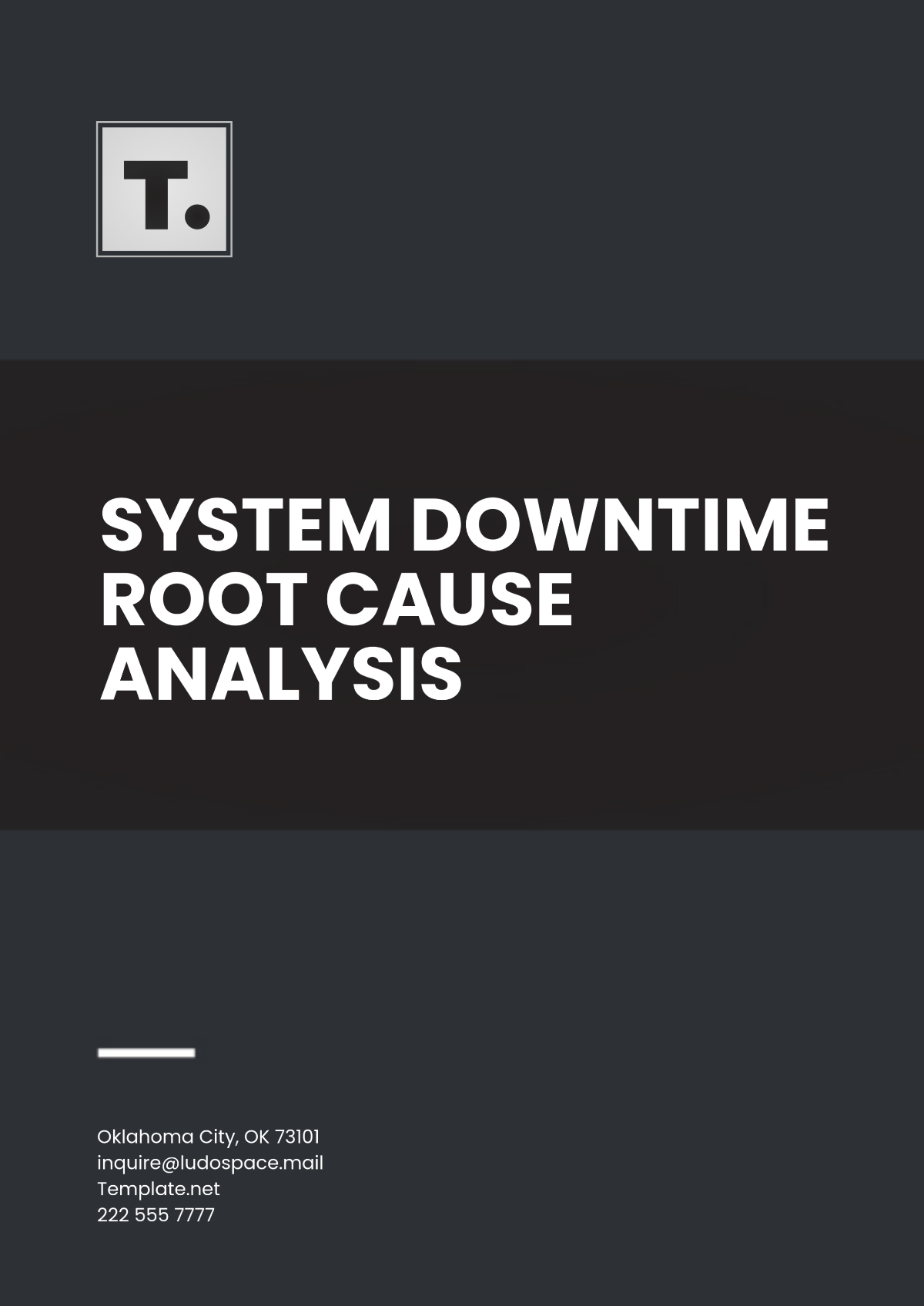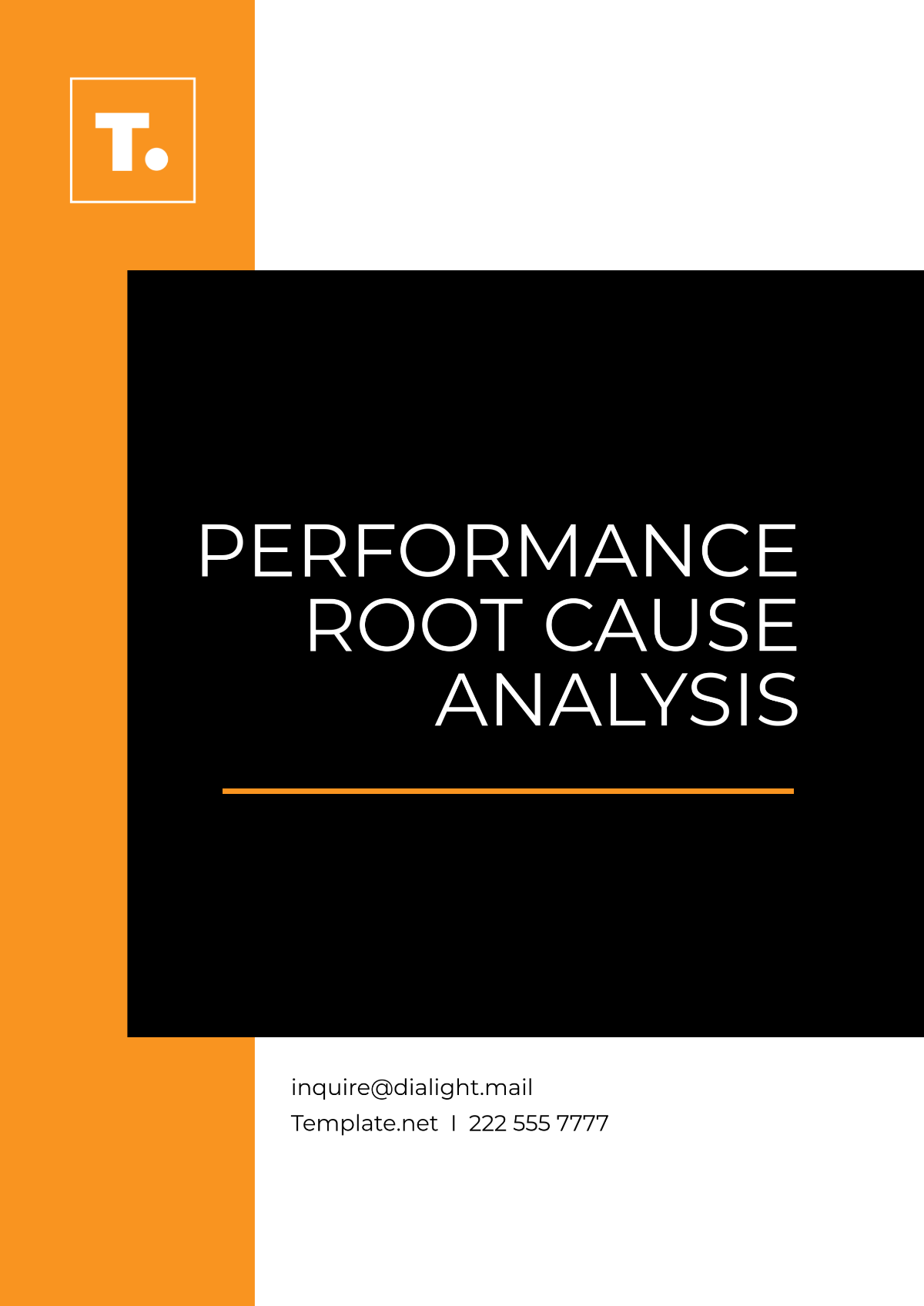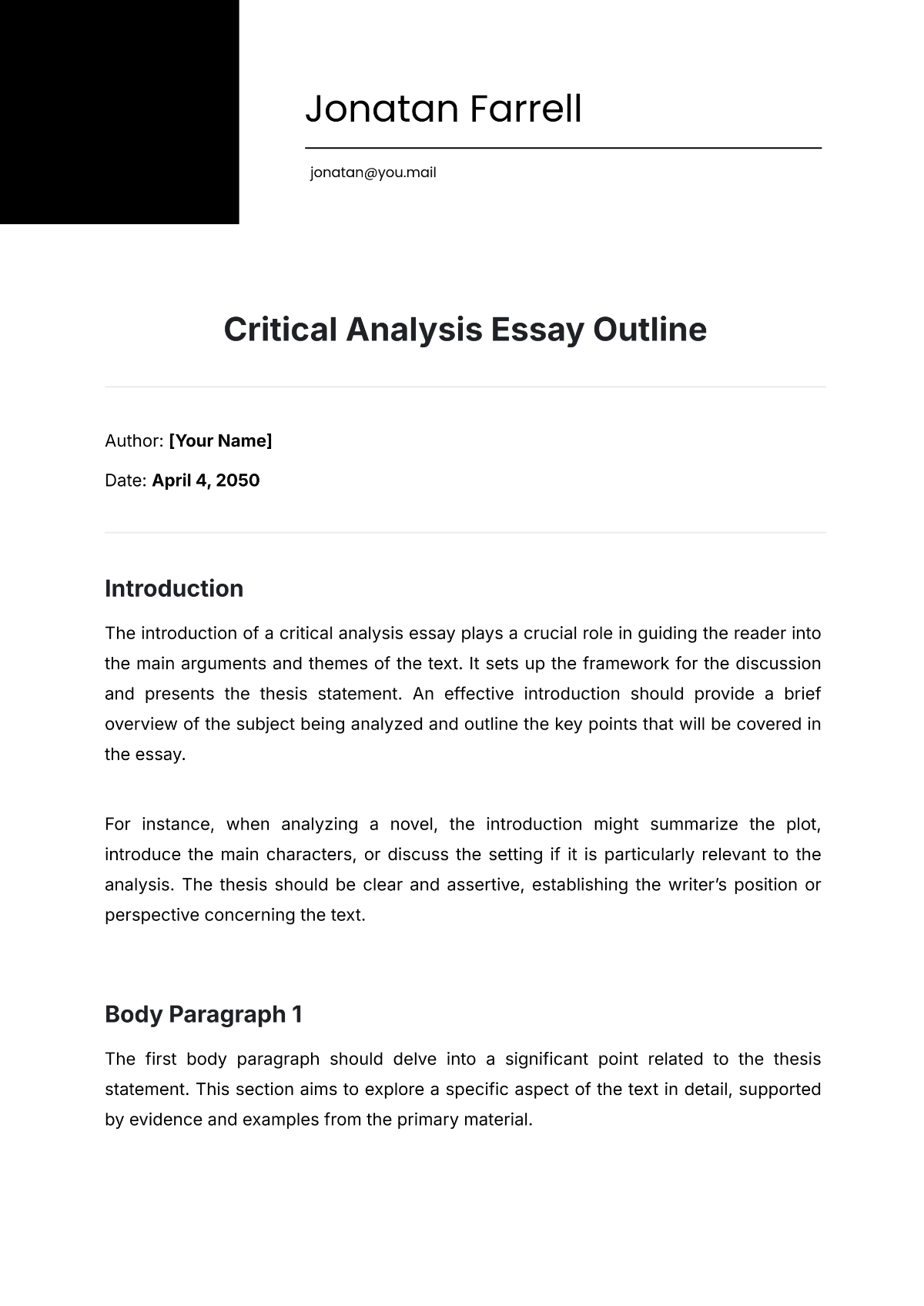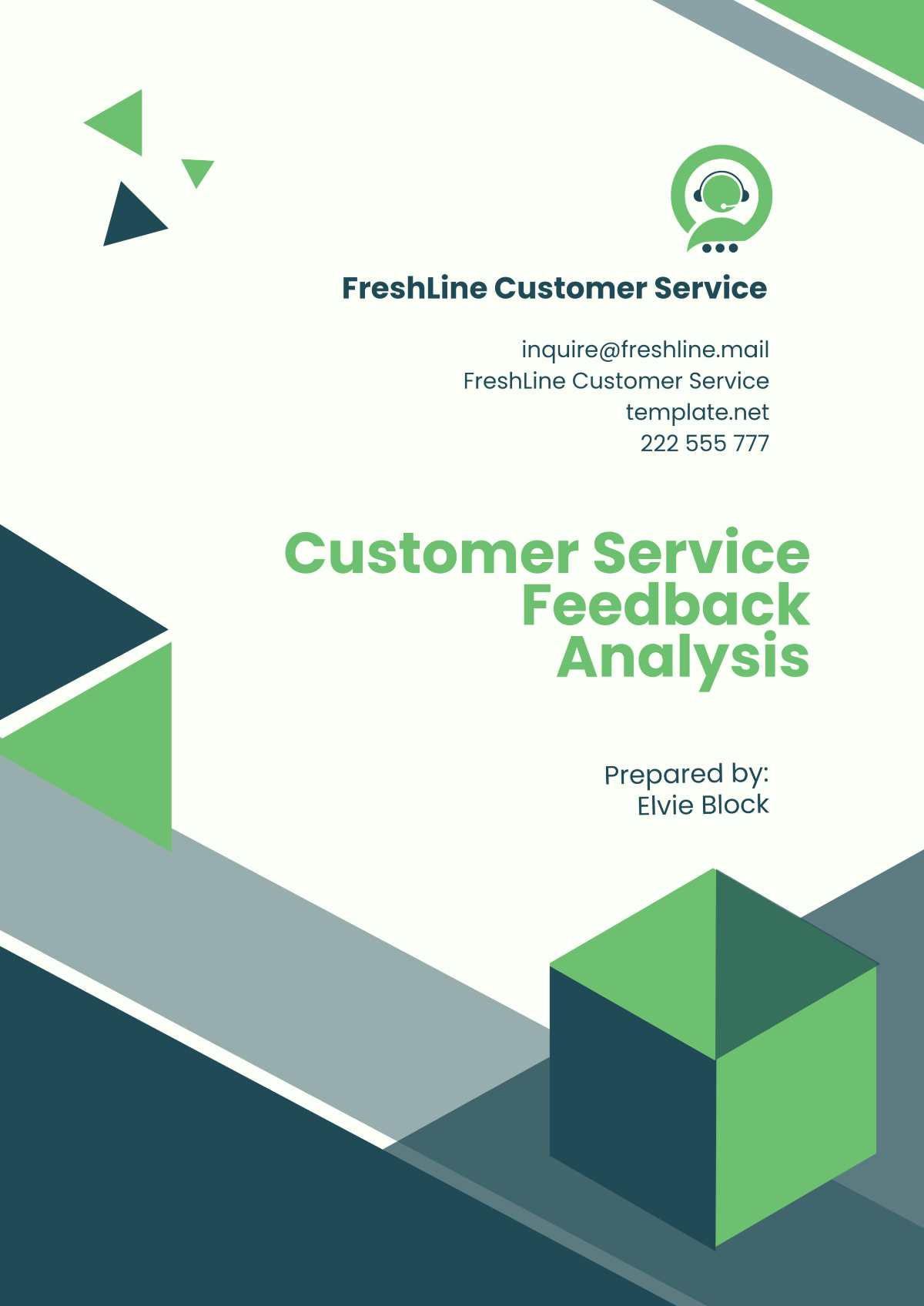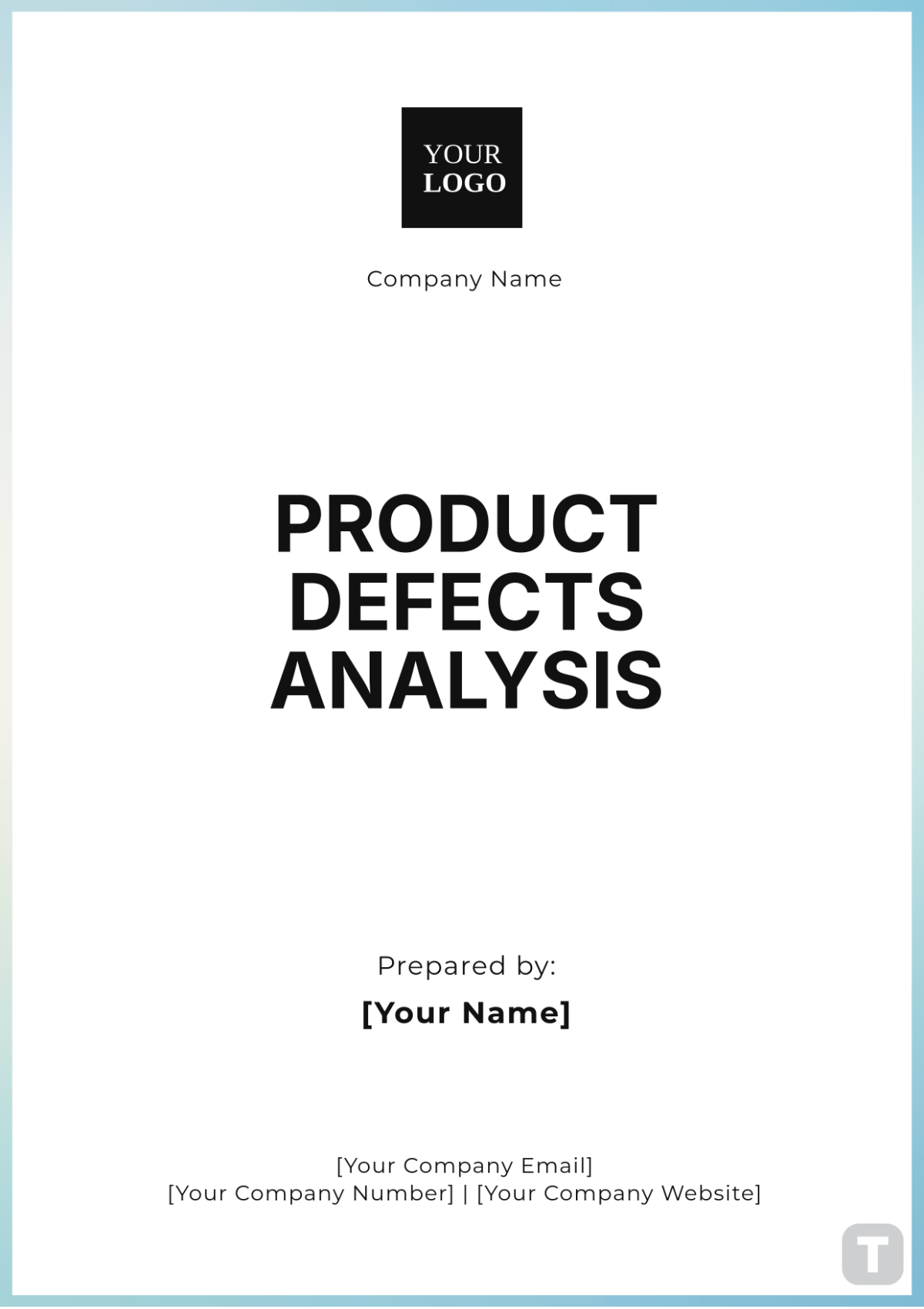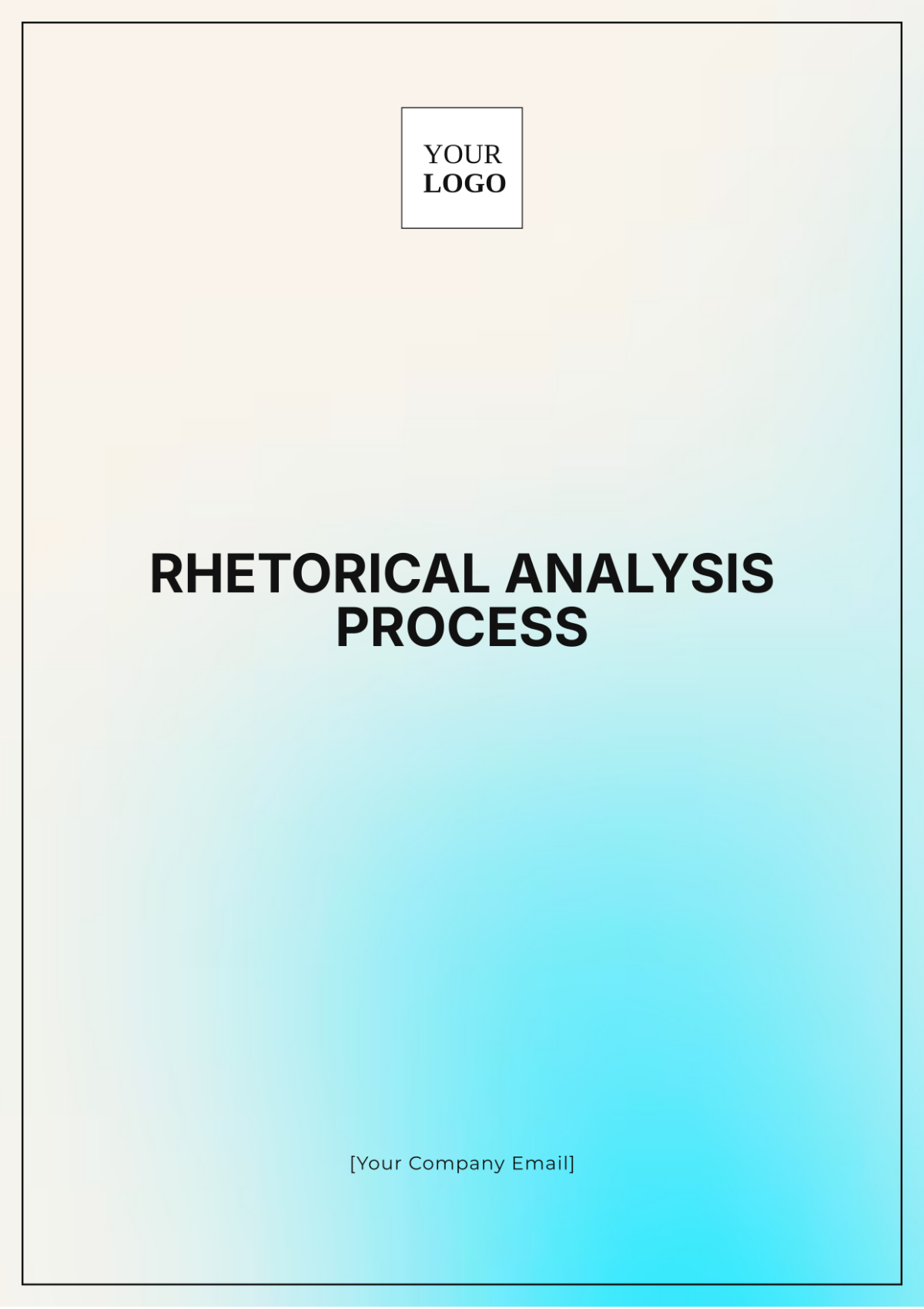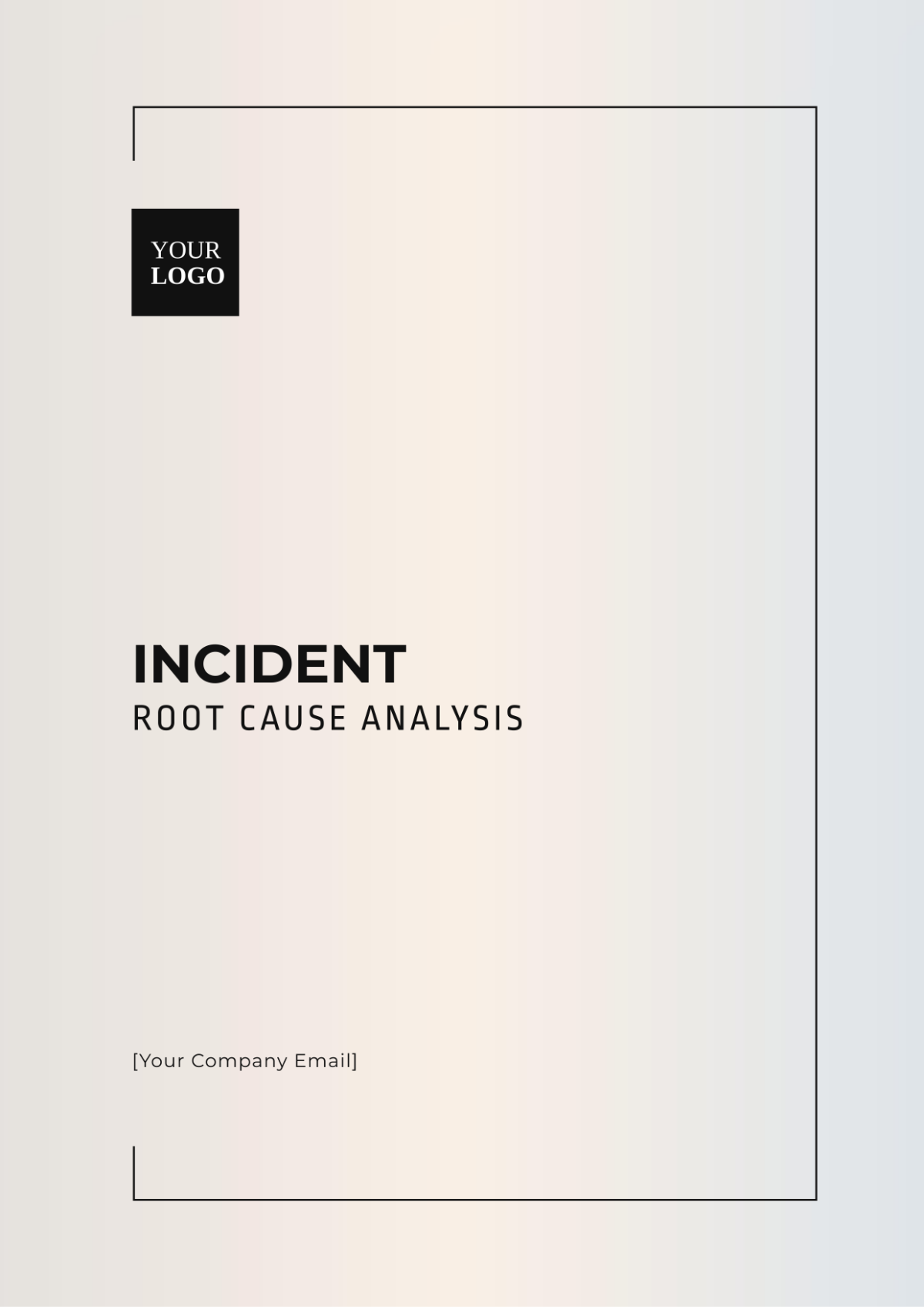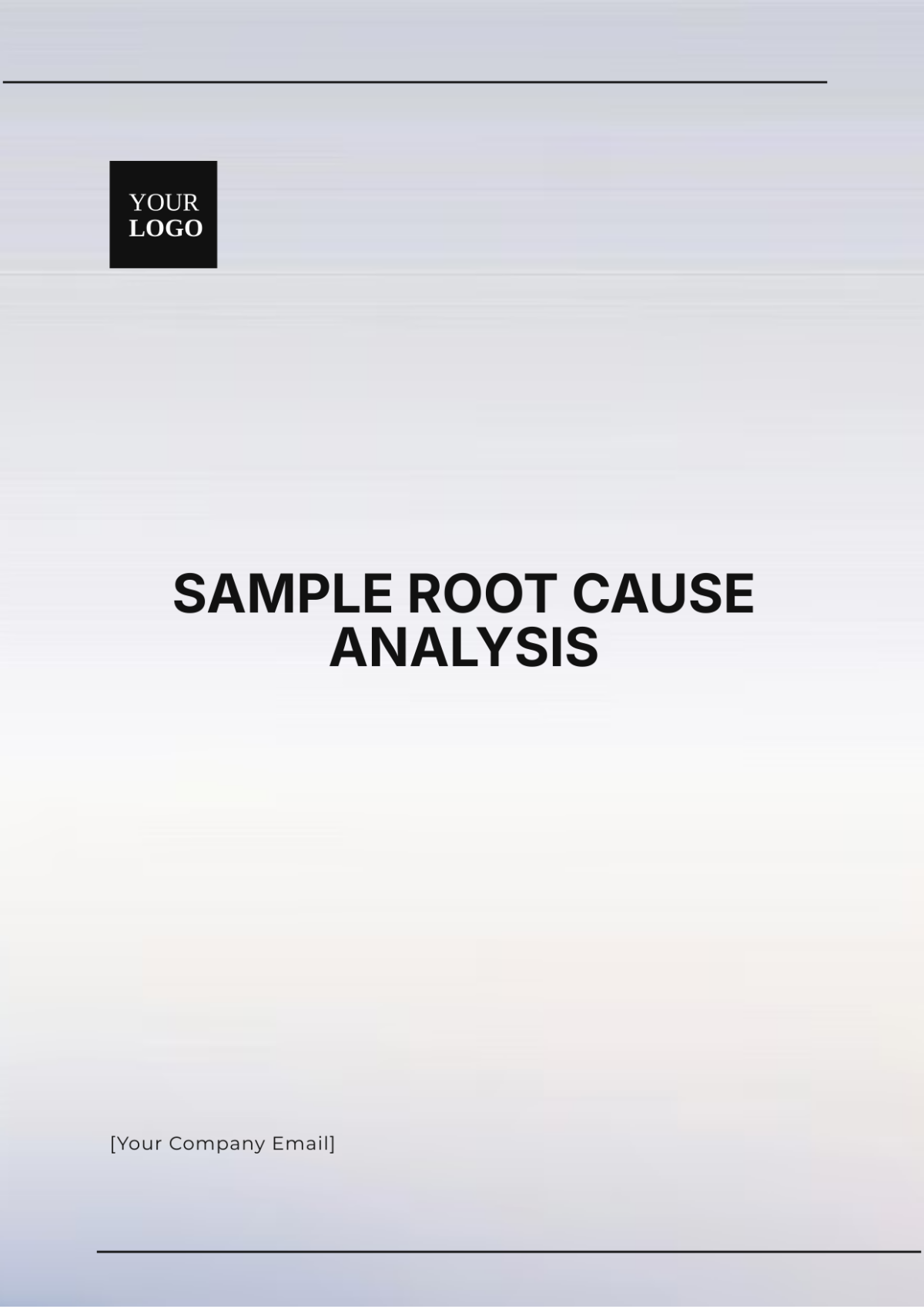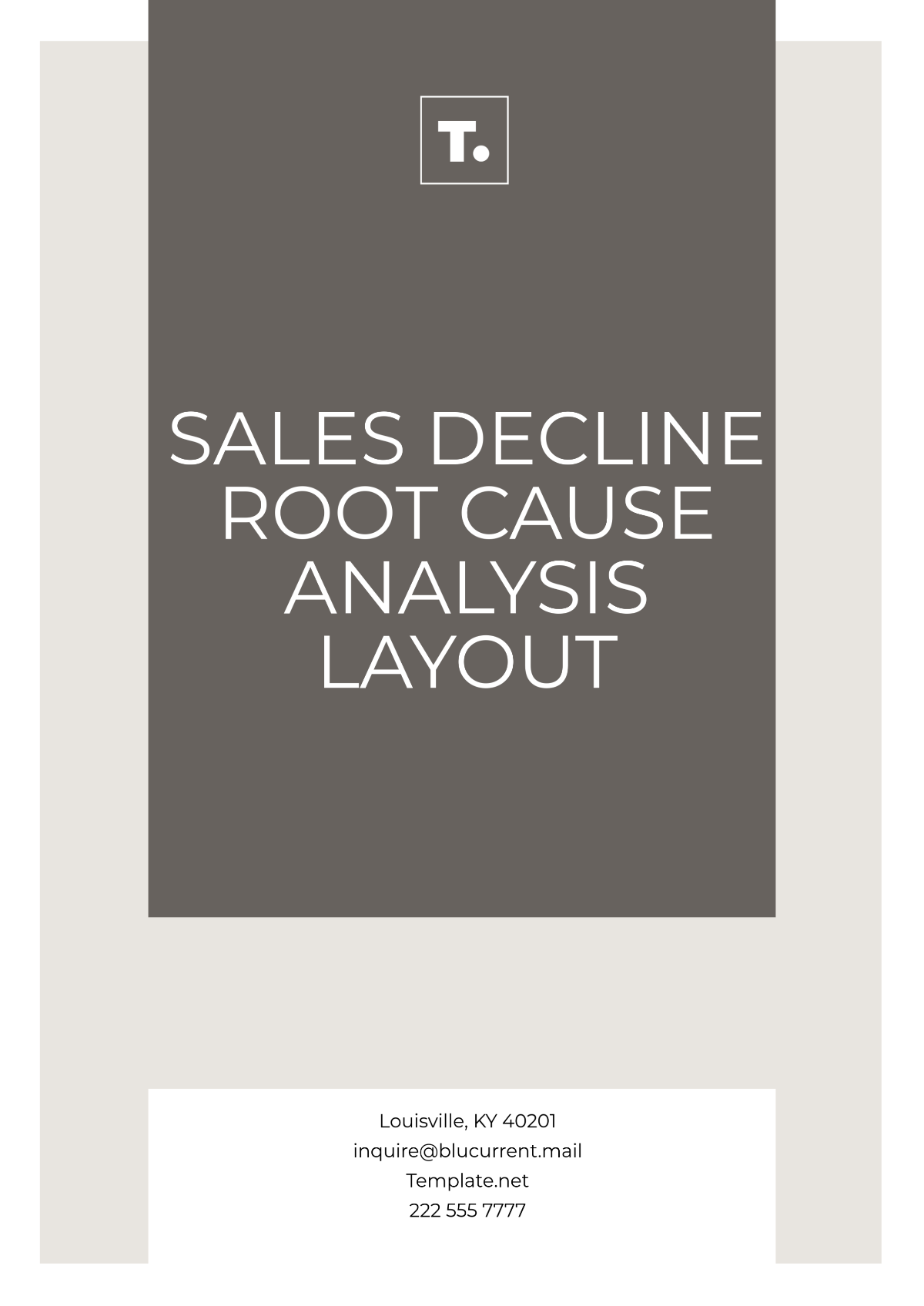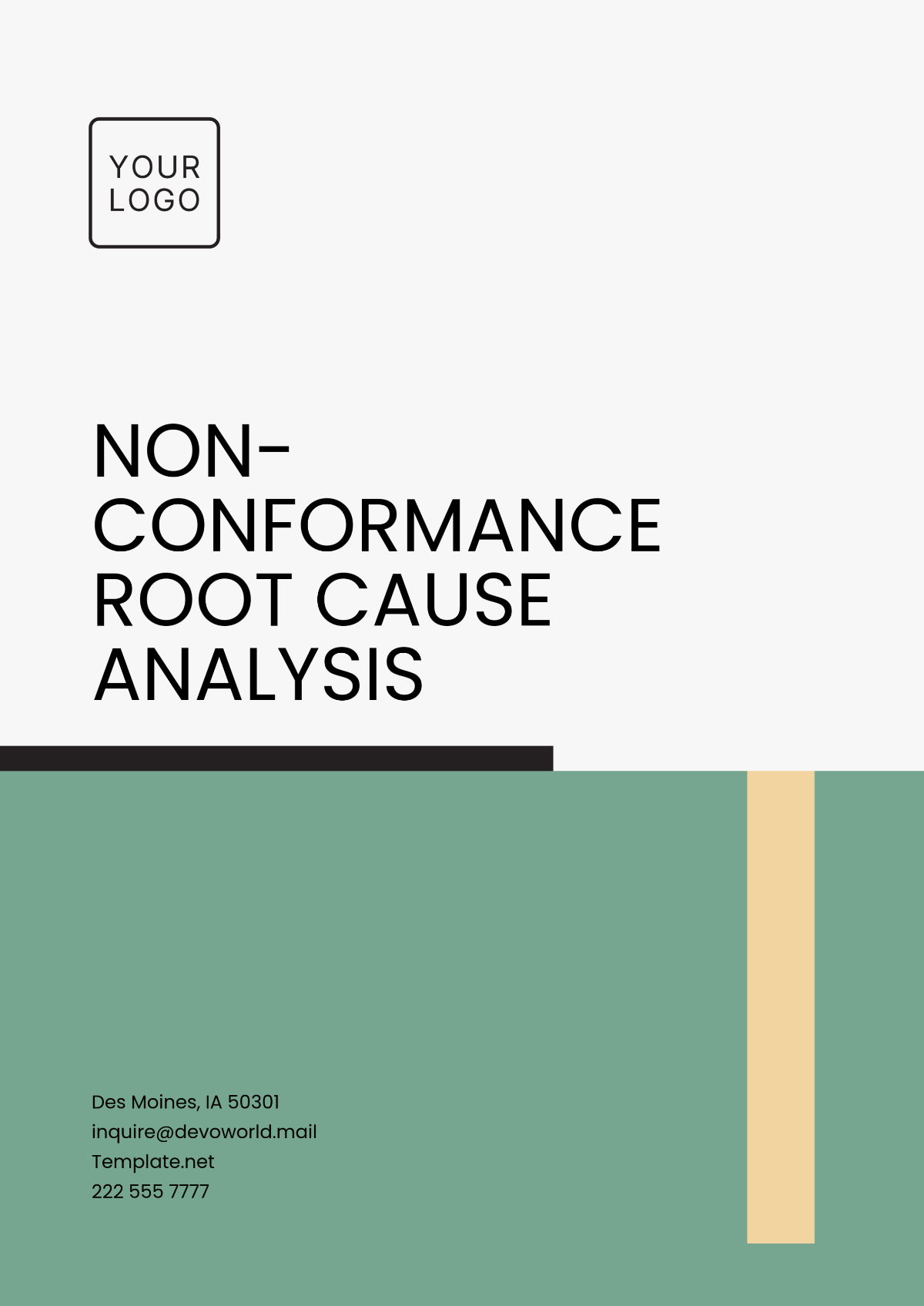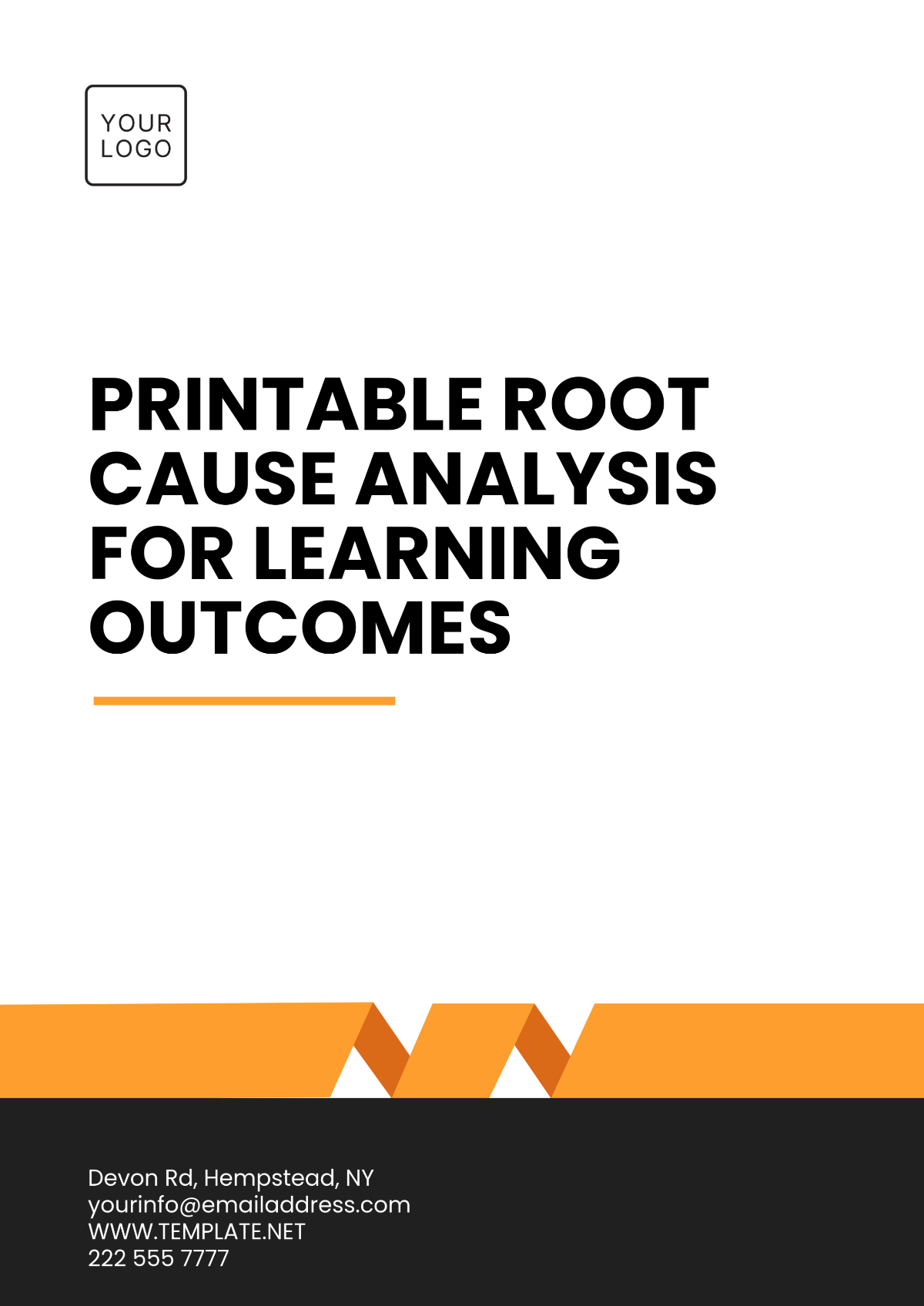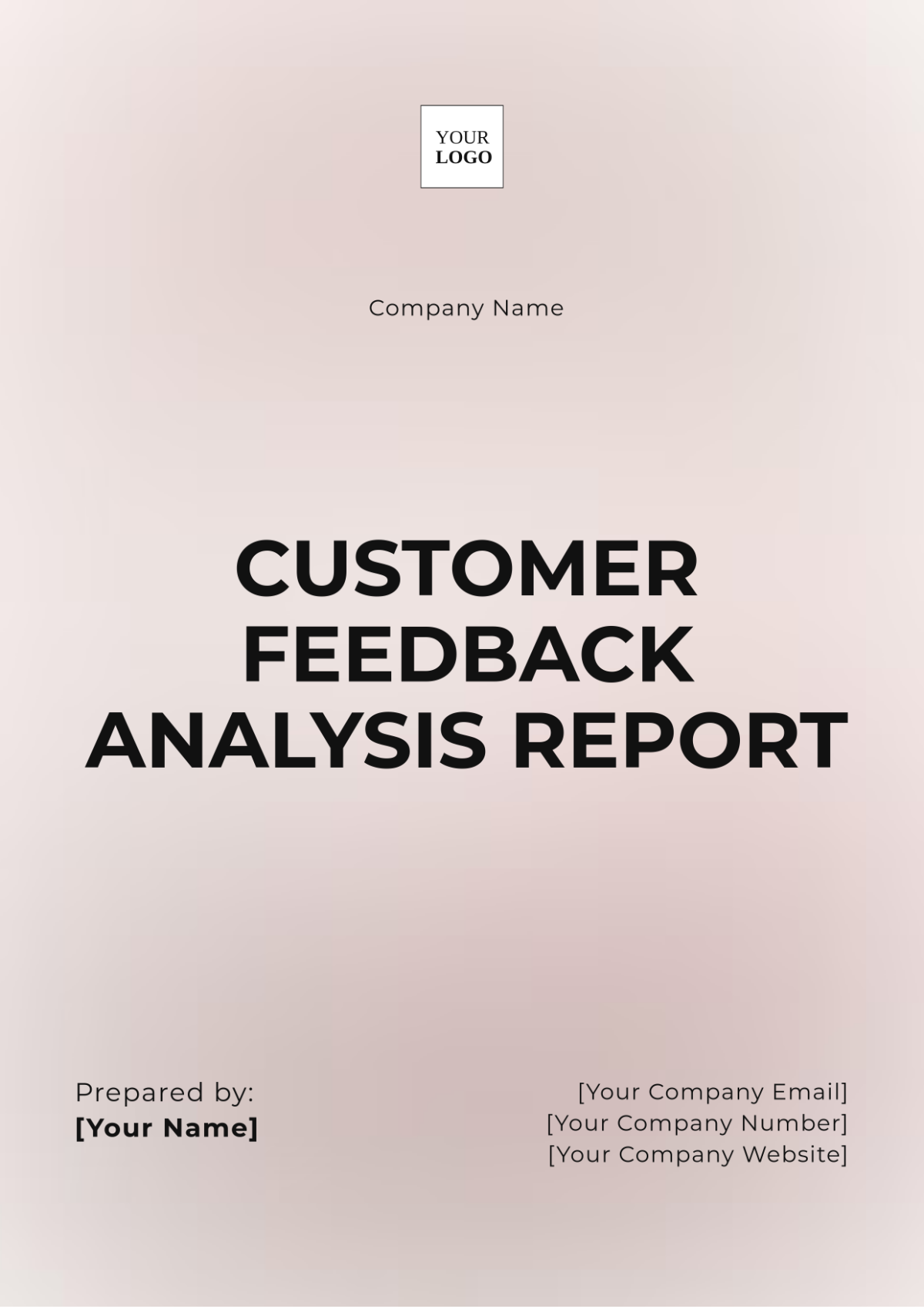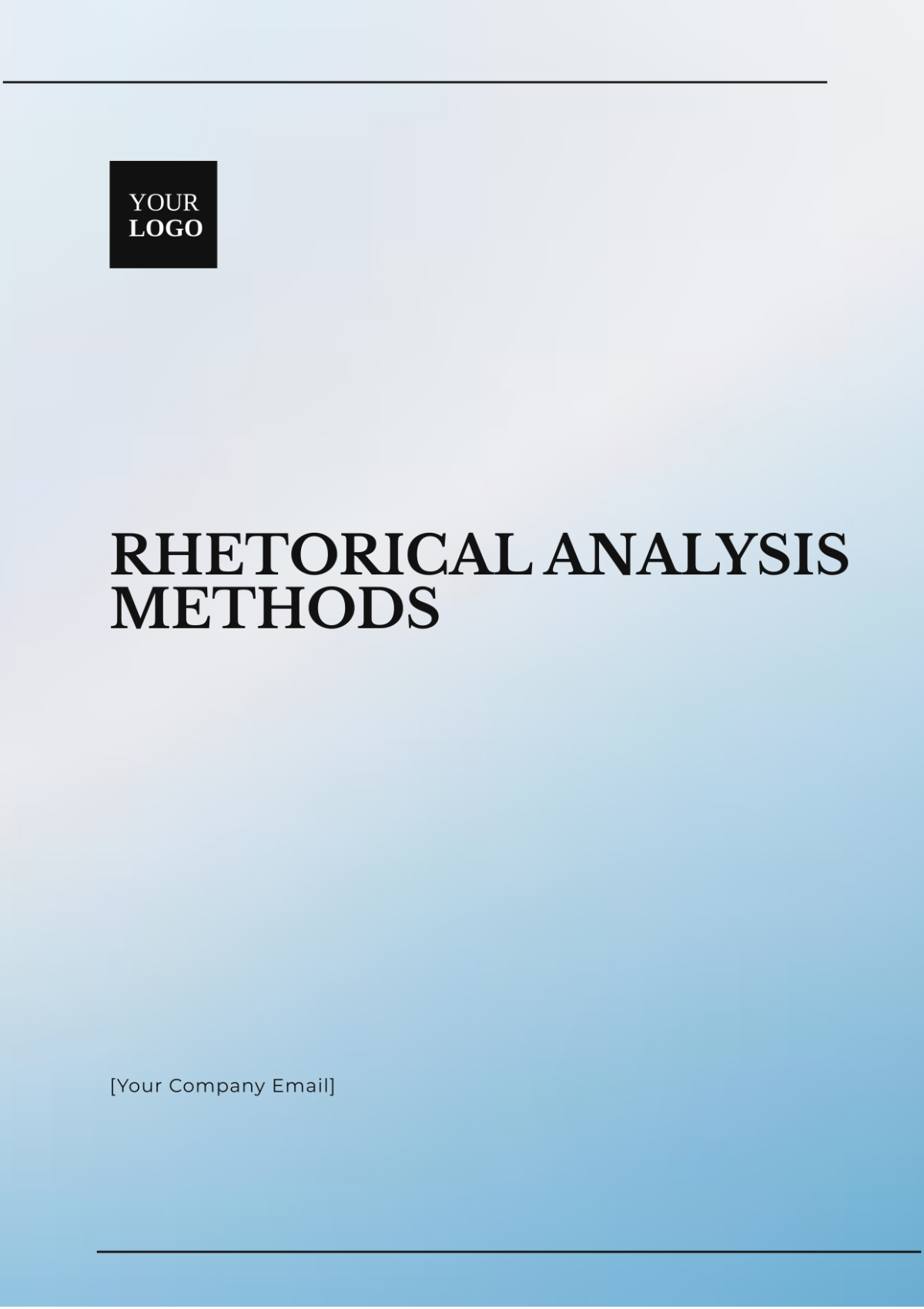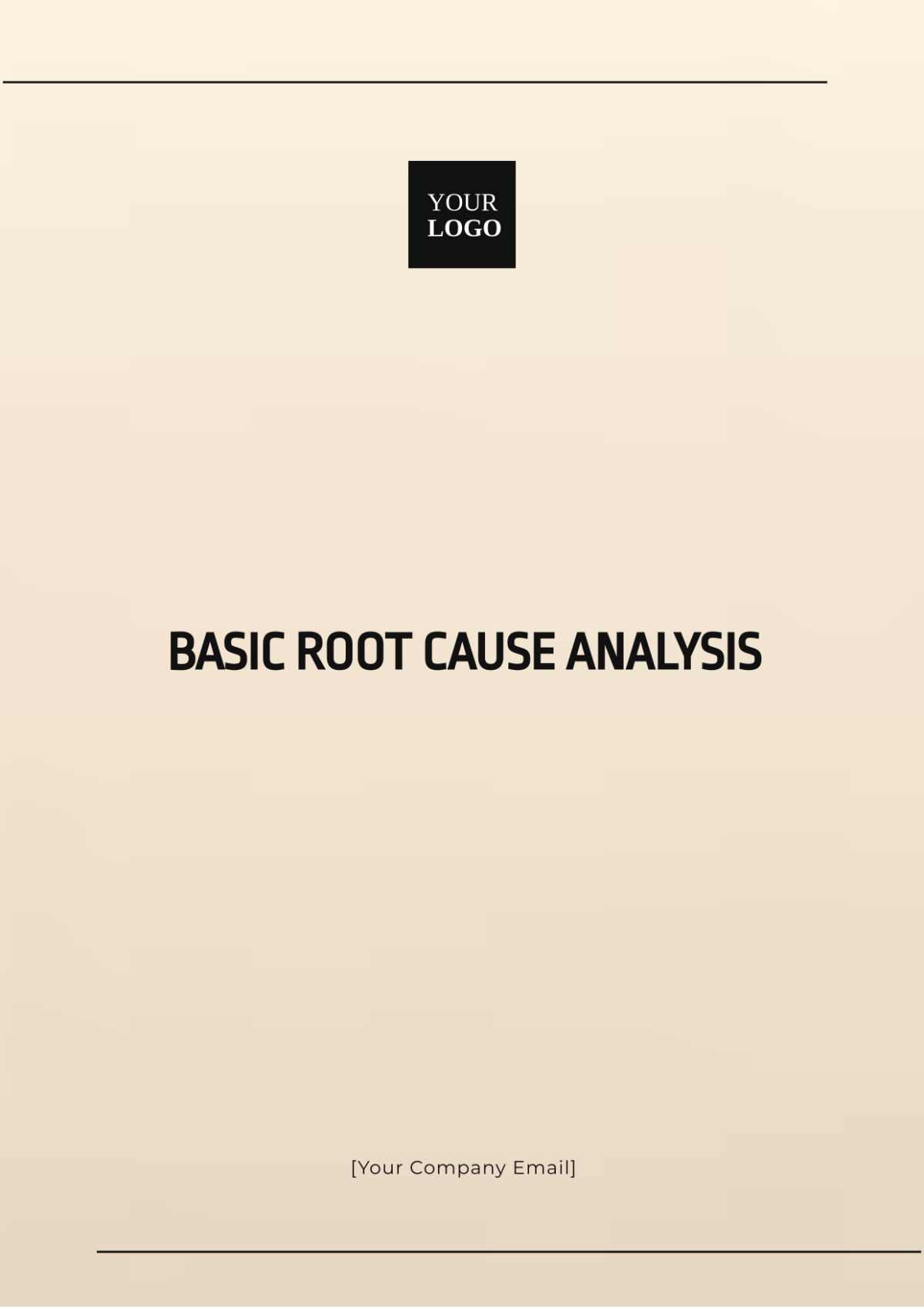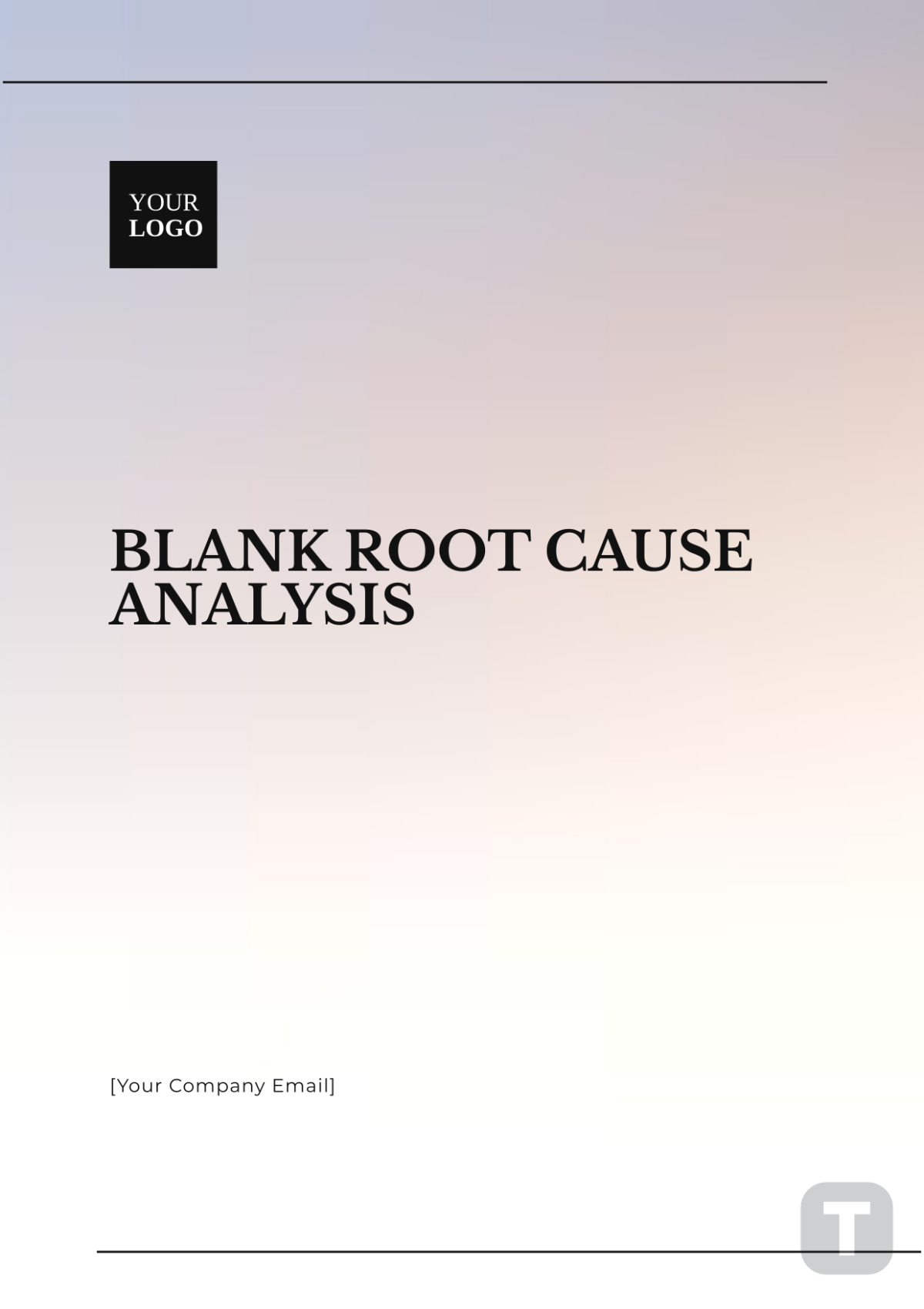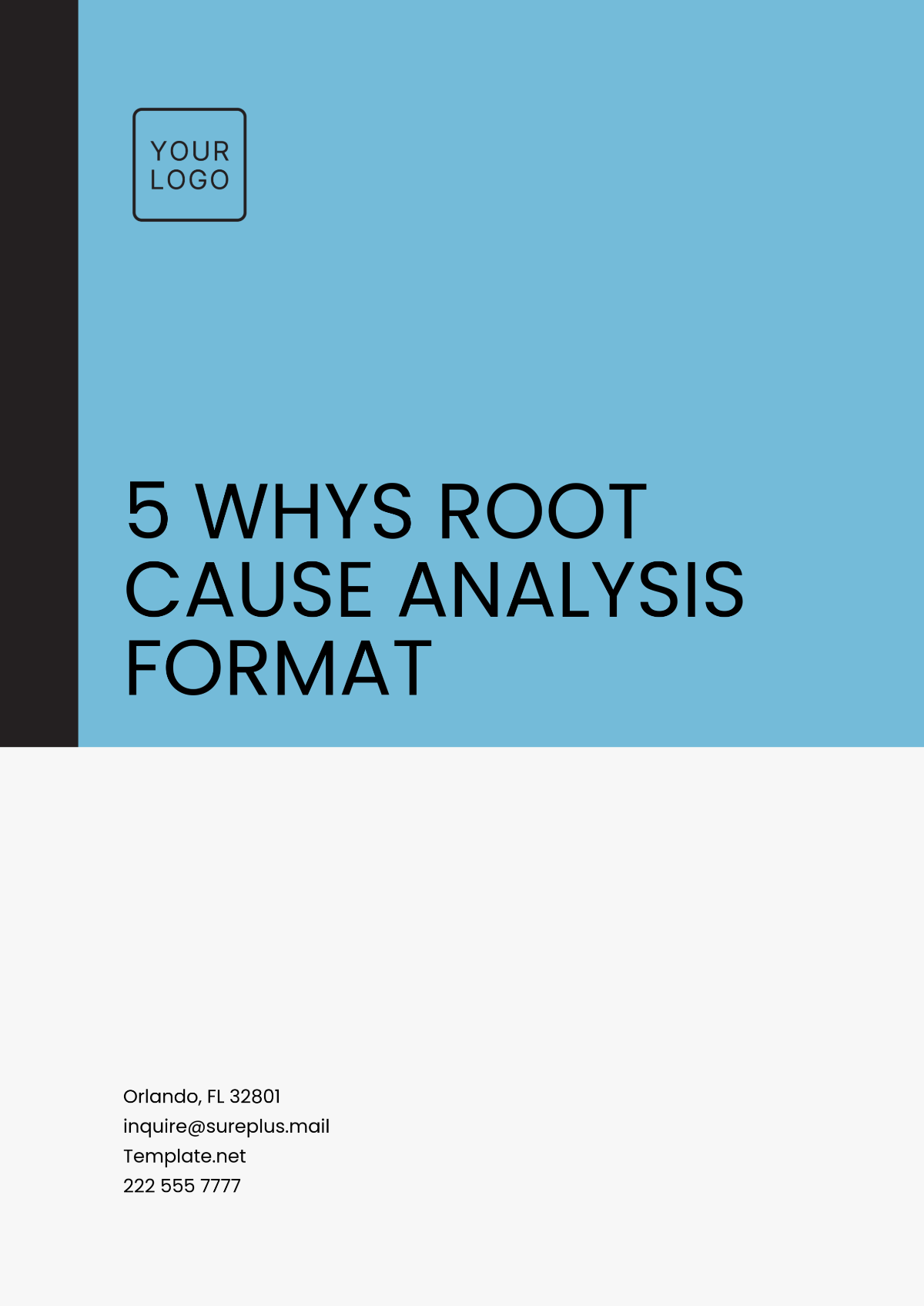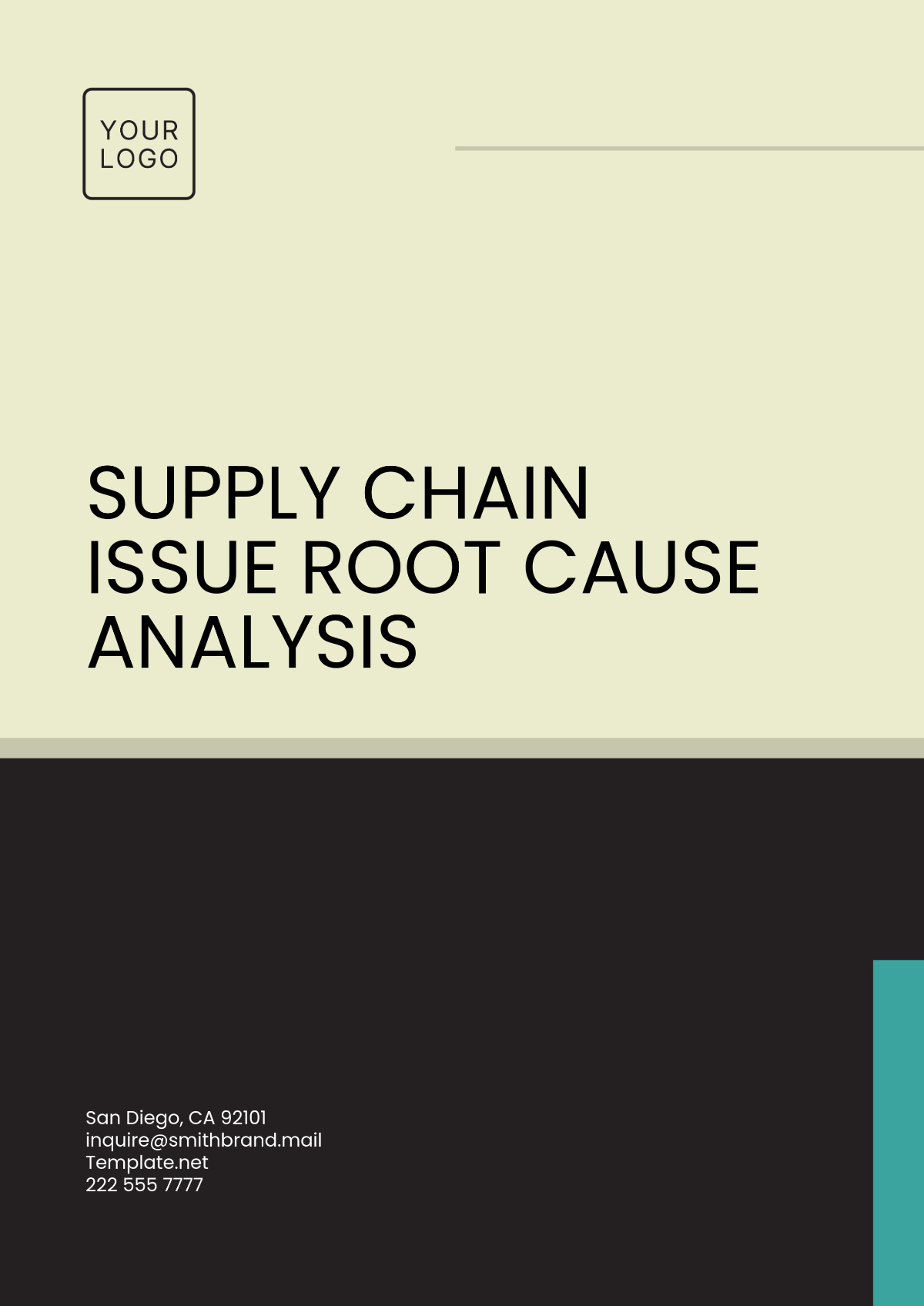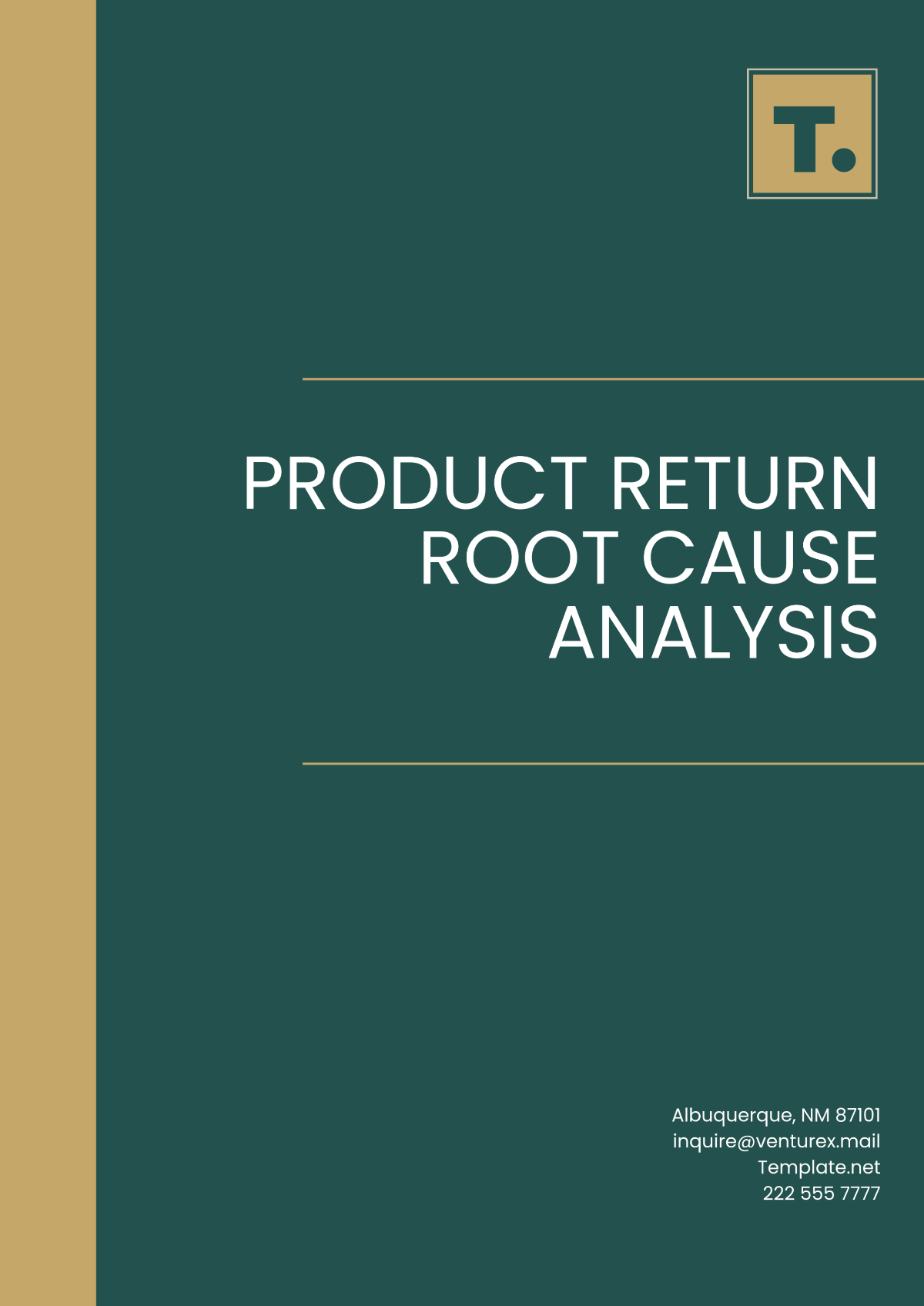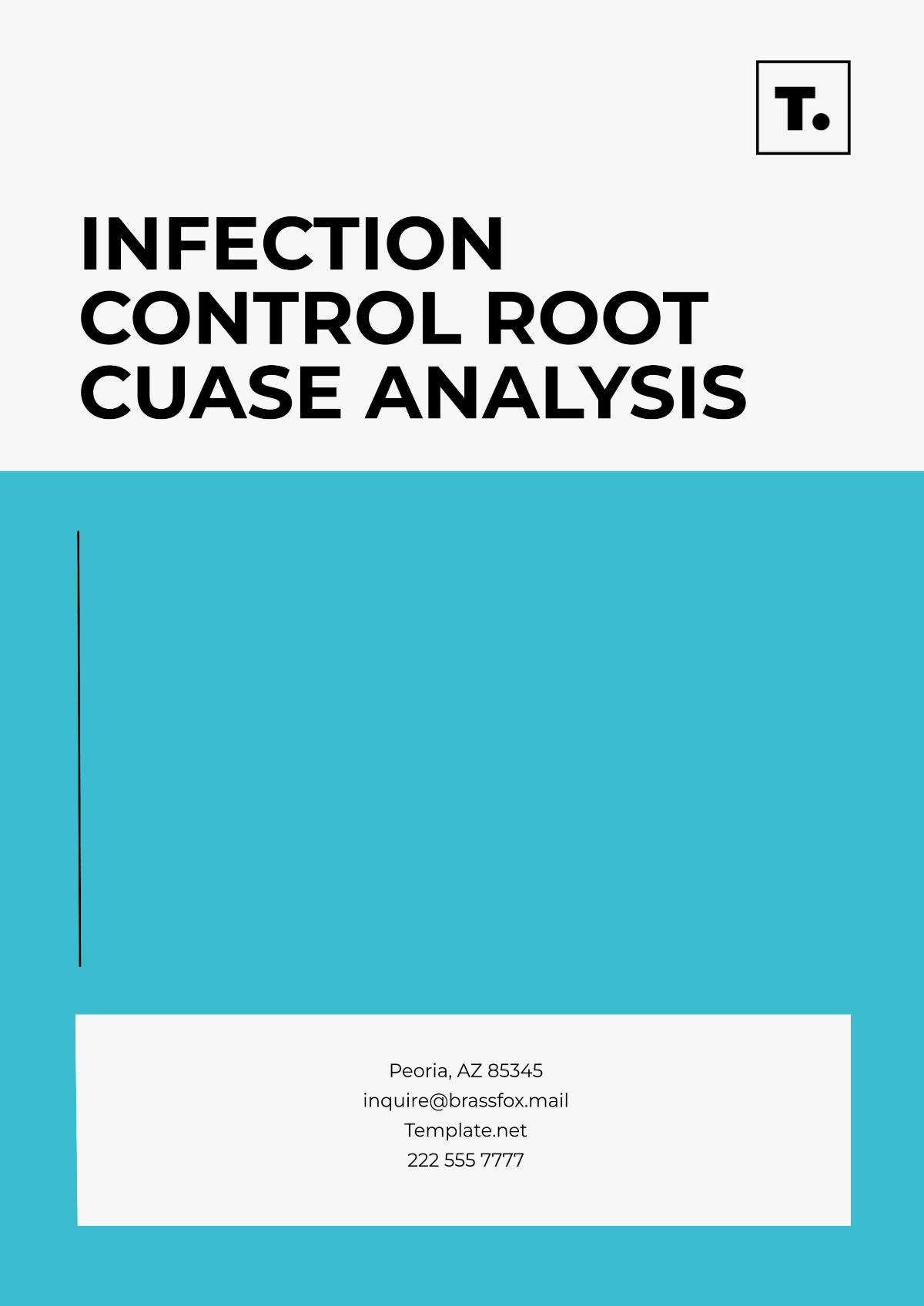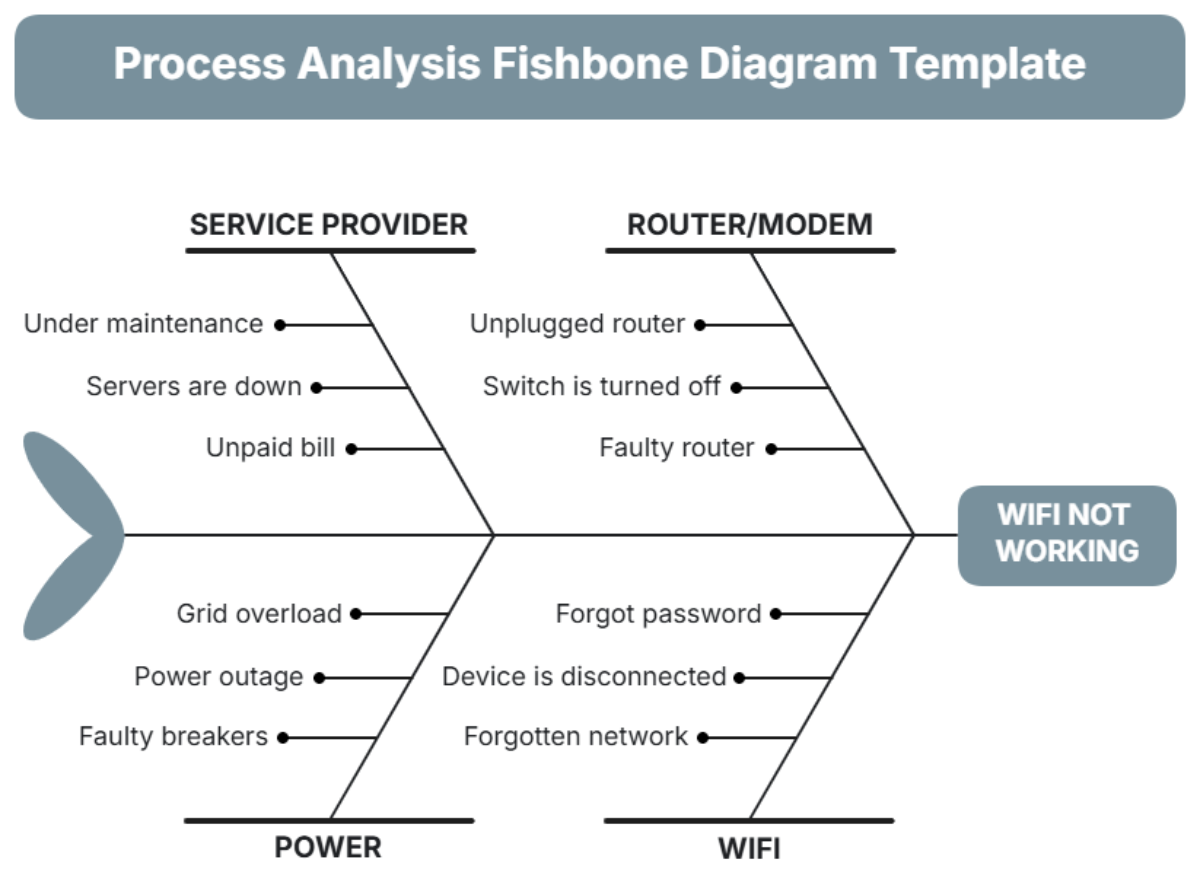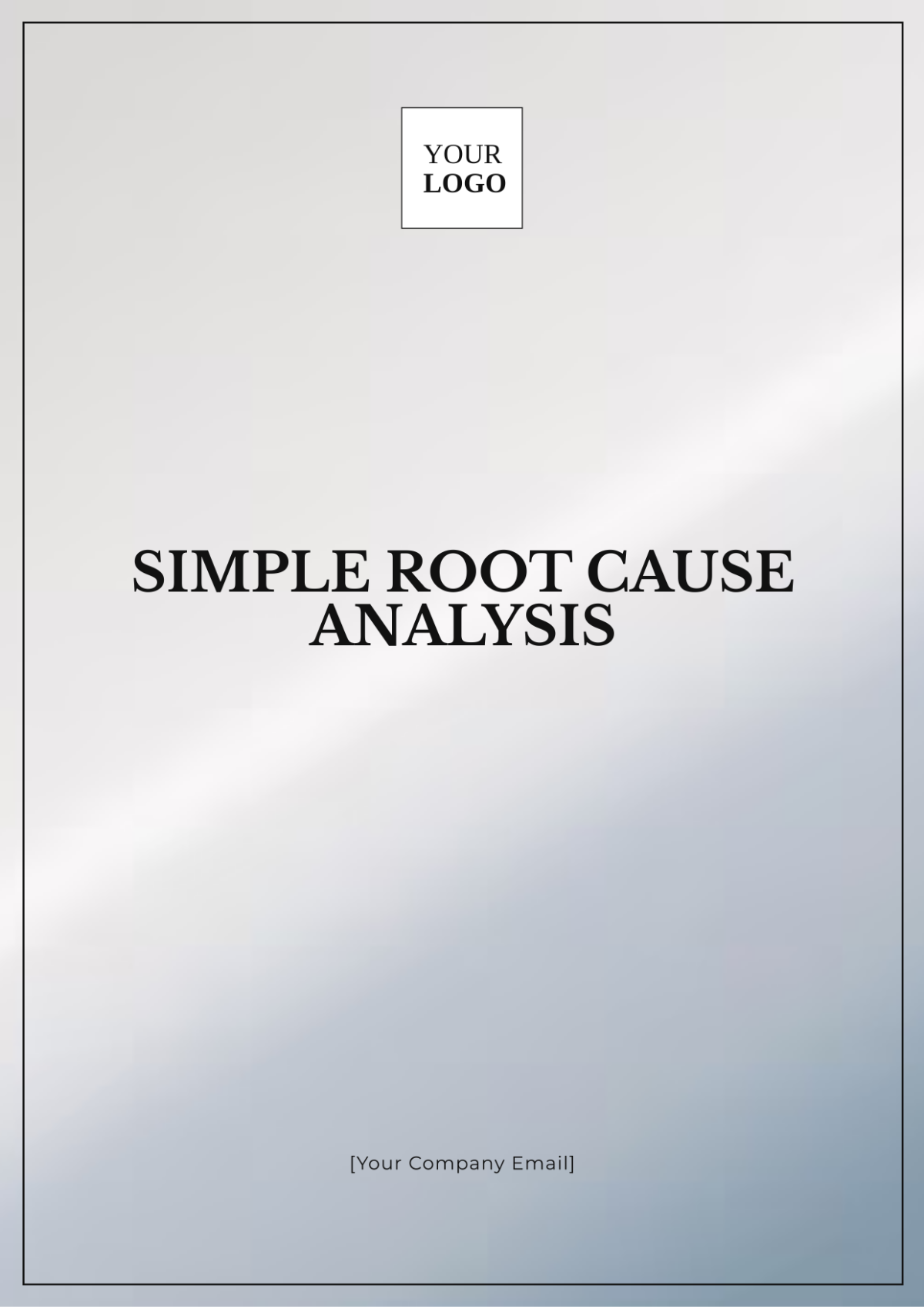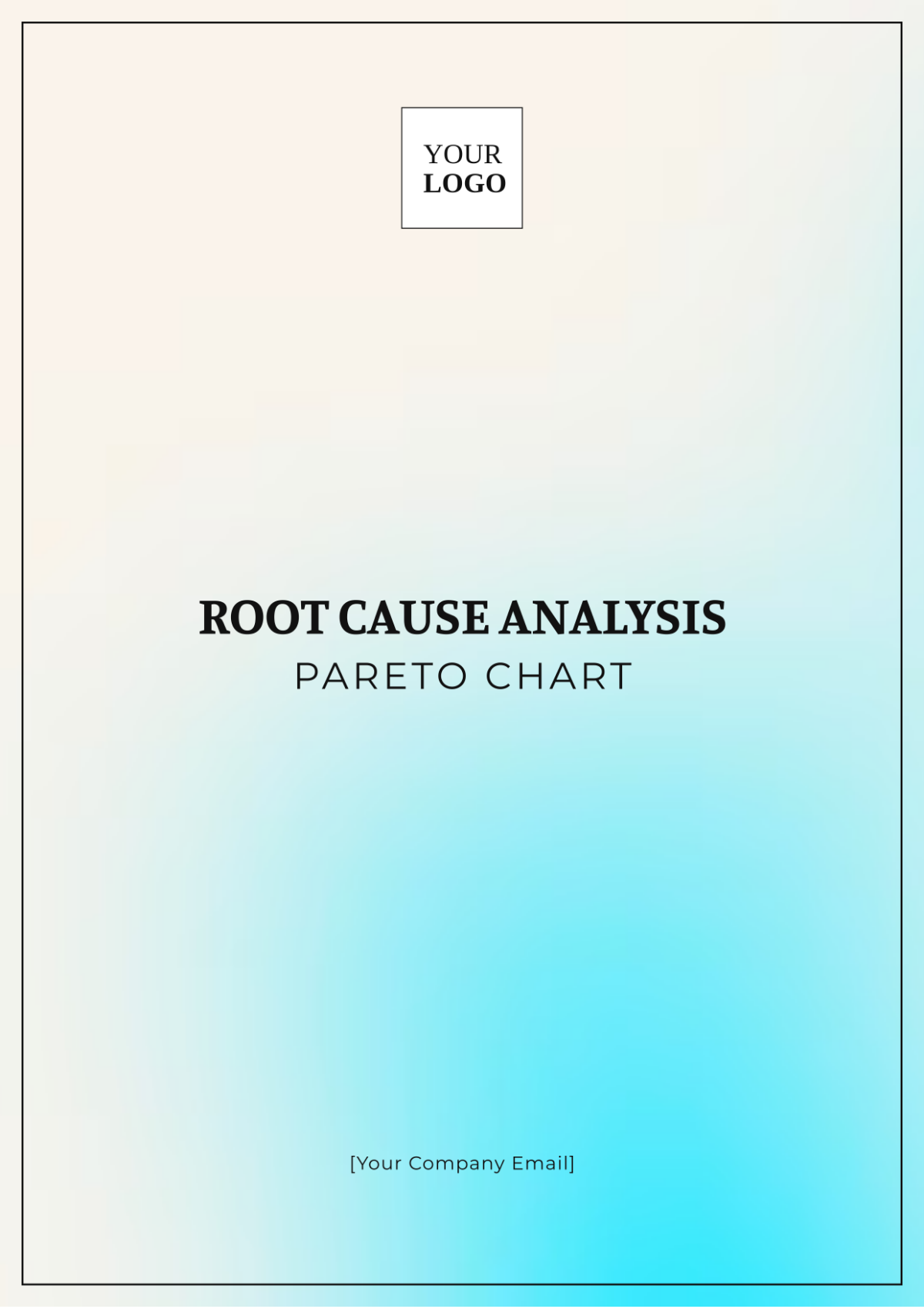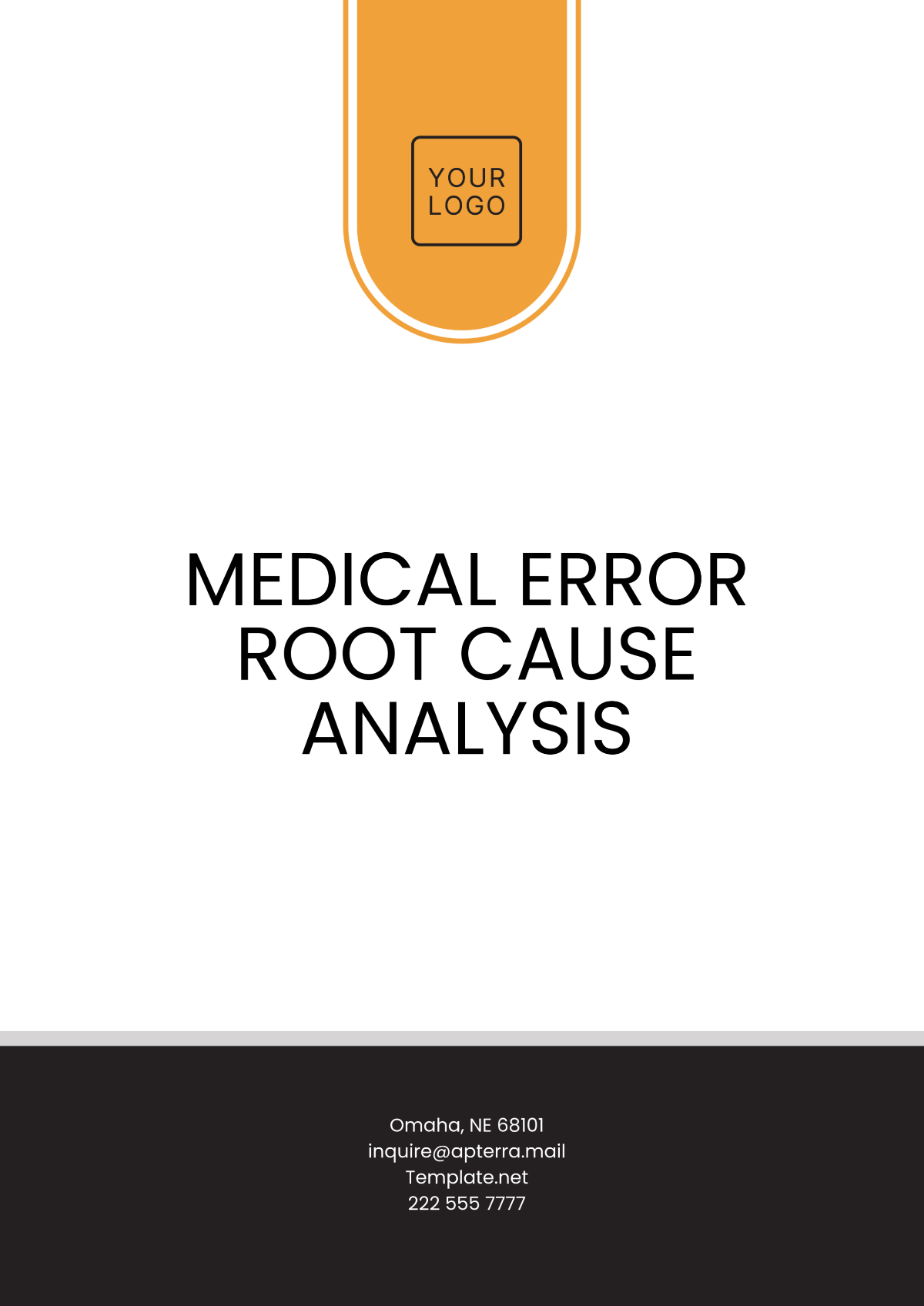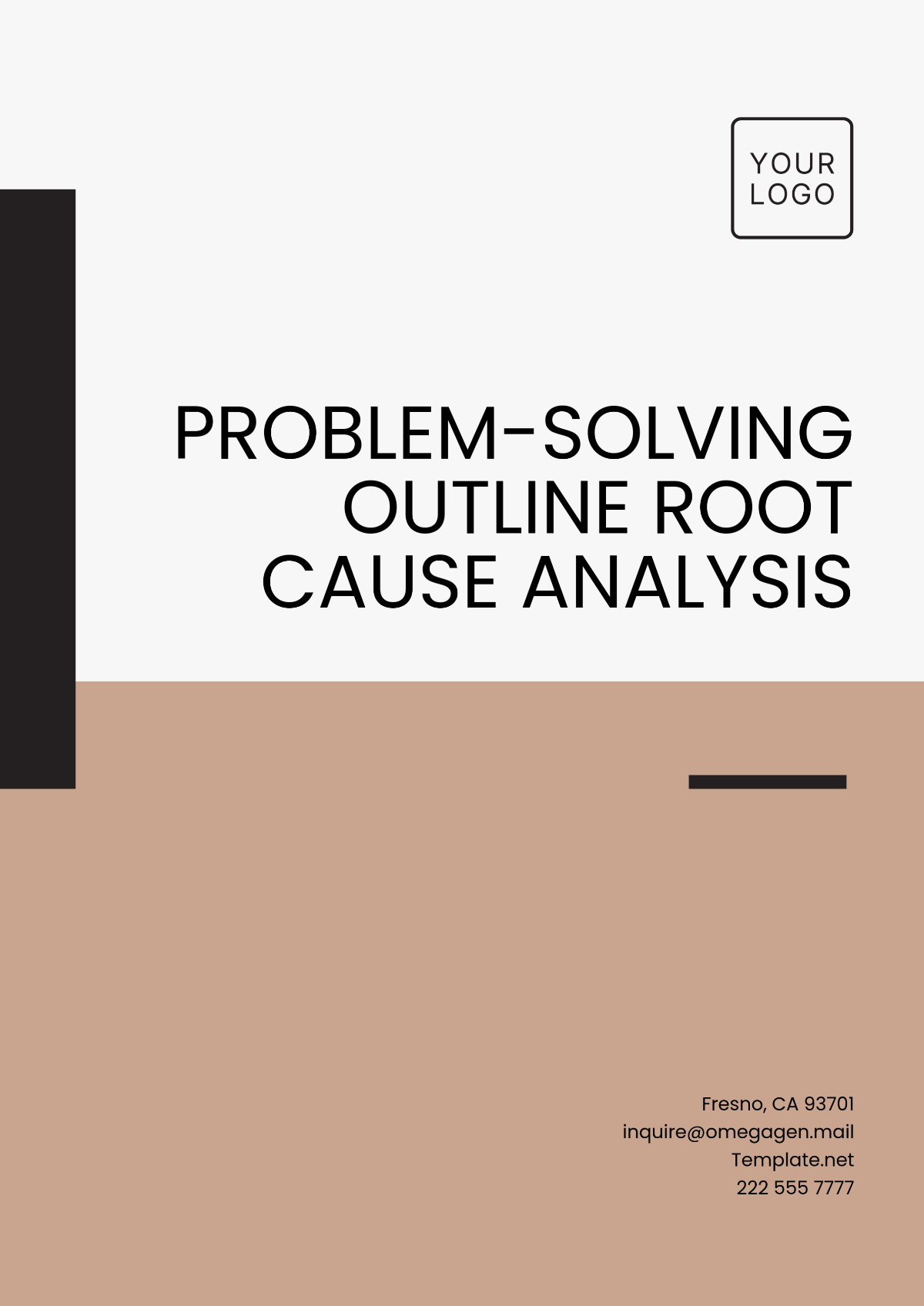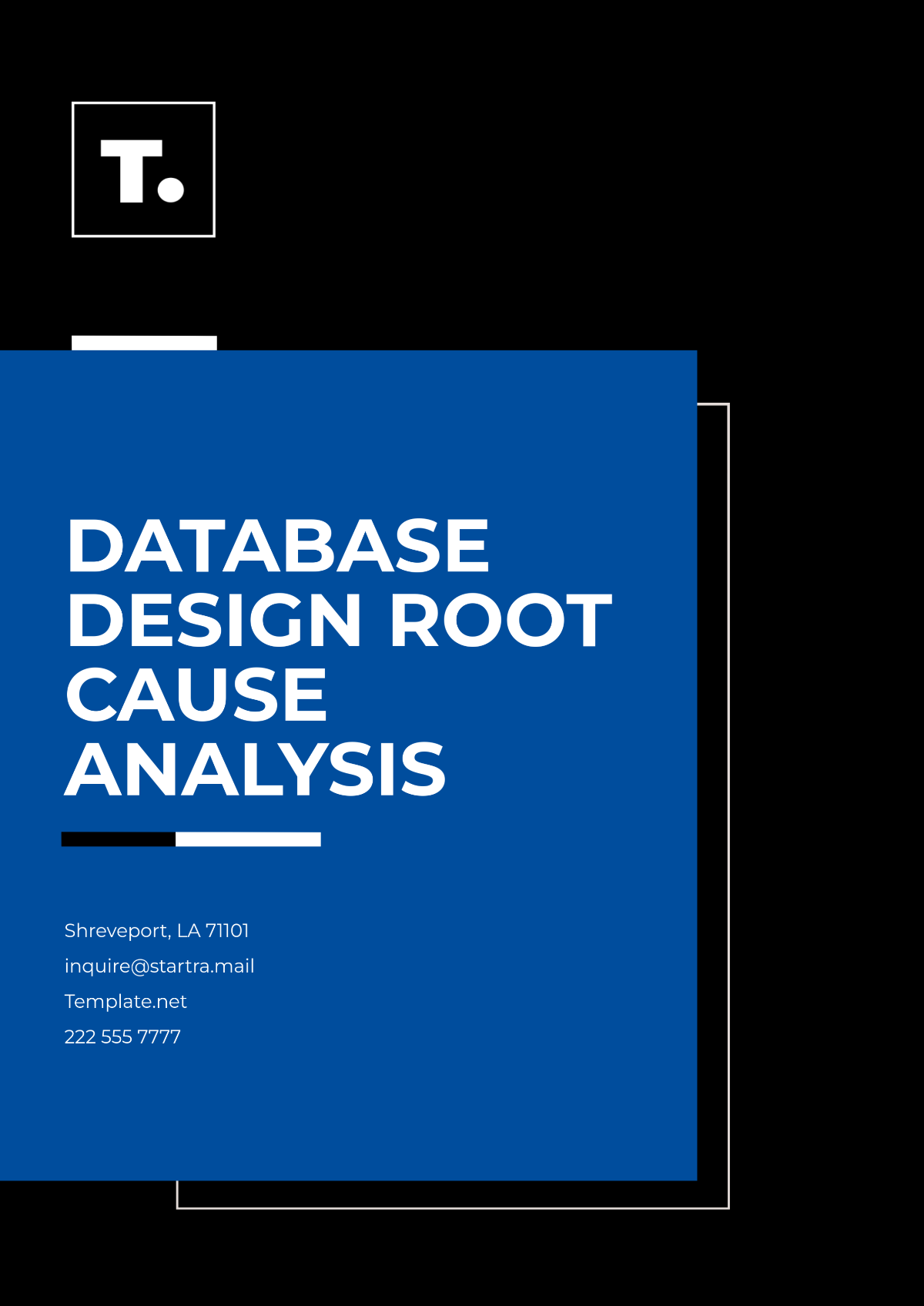Considering that problems can arise in your company or business, it is your goal to address them whenever you can. However, analyzing your problems is never easy, so we have prepared root cause analysis templates to help you with your analysis. These templates are 100% customizable, easily editable, professionally made, and are printable. You just have to input your analysis on these templates. These are available in A4 and US letter sizes as well. To make your analysis better, download these templates through signing up for any of our subscription plans and start customizing!
How to Do an Effective Root Cause Analysis?
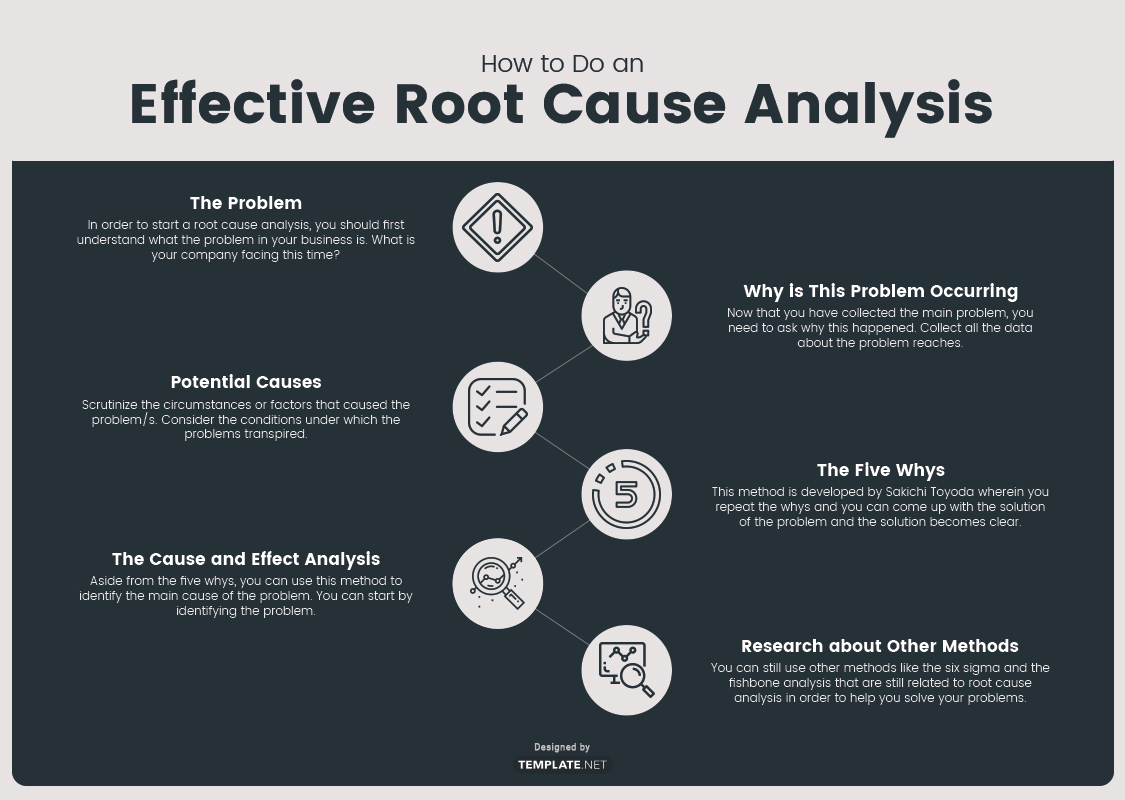
A root cause analysis, or also known as RCA, is a process of analyzing the manifestations of a problem in order to find out its cause. This analysis is very helpful to businesses in order to find out, often an unknown reason why a business problem exists and then offer solutions. There are root cause failure analysis, root cause analysis report, accident root cause analysis, and root cause analysis flow chart that can eventually aid your business problems.
It is important to identify the main cause of the problem in your business in order to offer solutions. You can't just overlook or avoid the problems that are arising in your business that may lead to failure. As much as possible, you need to address them. Here are tips, common techniques, and guidelines on how to do an effective RCA:
1. The Problem
In order to start a root cause analysis, you should first understand what the problem in your business is. What is your company facing this time? Look out for the symptoms appearing in the business in order to formulate a new business plan.
2. Why iI This Problem Occurring?
Now that you have collected the main problem, you need to ask why this happened. Collect all the data about the problem and measure up to what scale it reaches. You can use a chart to determine these things. Analyze when the problem started to appear. Recently? Last month? Also, ask what the impacts are. Are they big or small?
3. Potential Causes
Scrutinize the circumstances or factors that caused the problem/s. Consider the conditions under which the problems transpired. Check the potential problems associated with it through a thorough checklist.
4. The Five Whys
This method is developed by Sakichi Toyoda wherein you repeat the whys and you can come up with the solution of the problem and the solution becomes clear. This method can help you get into the problem itself. How do you do the five whys? For example, the first problem is "Why? Didn't finish the task"; second, "Why? Took a nap"; third, "Why? Tired"; fourth, "Why? Didn't have enough sleep last night"; lastly, "Why? Watch a movie." This is how the five whys happen. You can ask from the very obvious problem then go to the reason for the problem and so on until you come up with the main cause. However, you can't stop at number five alone; you can ask as many whys as you need to.
5. The Cause and Effect Analysis
Aside from the five whys, you can use this method to identify the main cause of the problem. You can start by identifying the problem, then create an analysis on who/what is involved, write down the problem itself, and when and where does the problem happen. Then, write down the problem in the box. The next step is to recognize the circumstances that may be associated with the problem and draw a line or spine below the problem. Then, discern the potential causes on the spine diagram and add each factor that is related to the factors of the problem. Lastly, analyze the diagram.
6. Research about Other Methods
You can still use other methods like the six sigma and the fishbone task analysis that are still related to root cause analysis in order to help you solve your problems.

